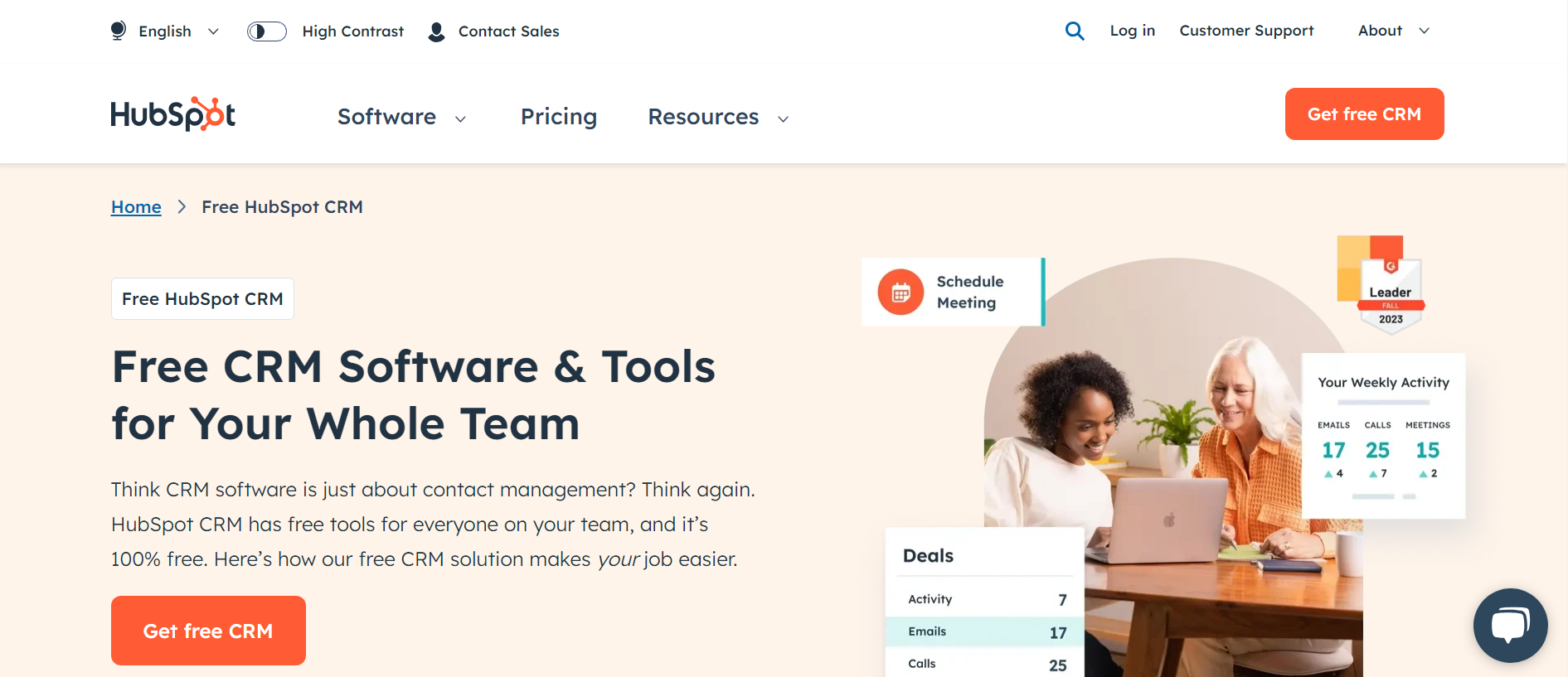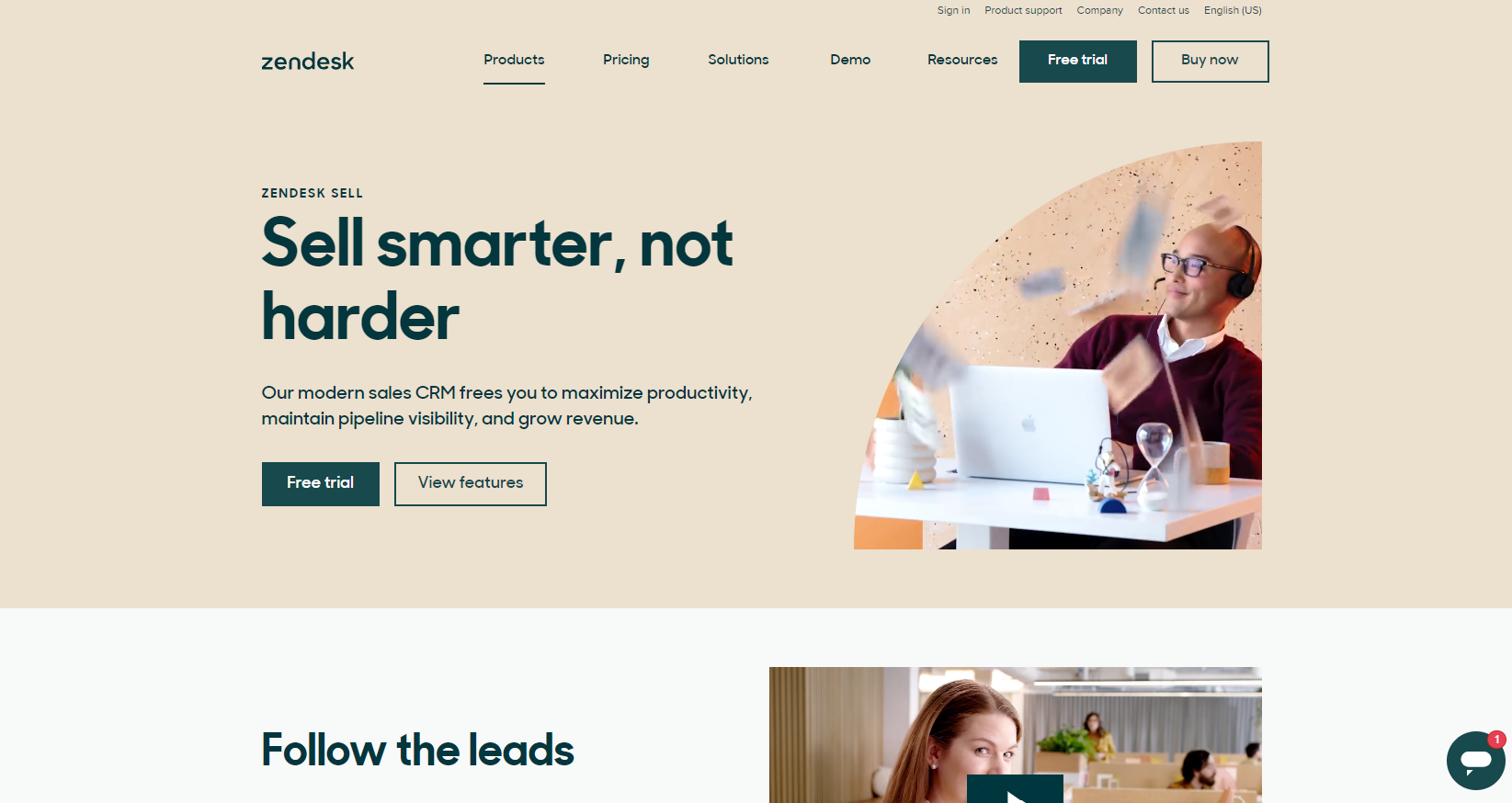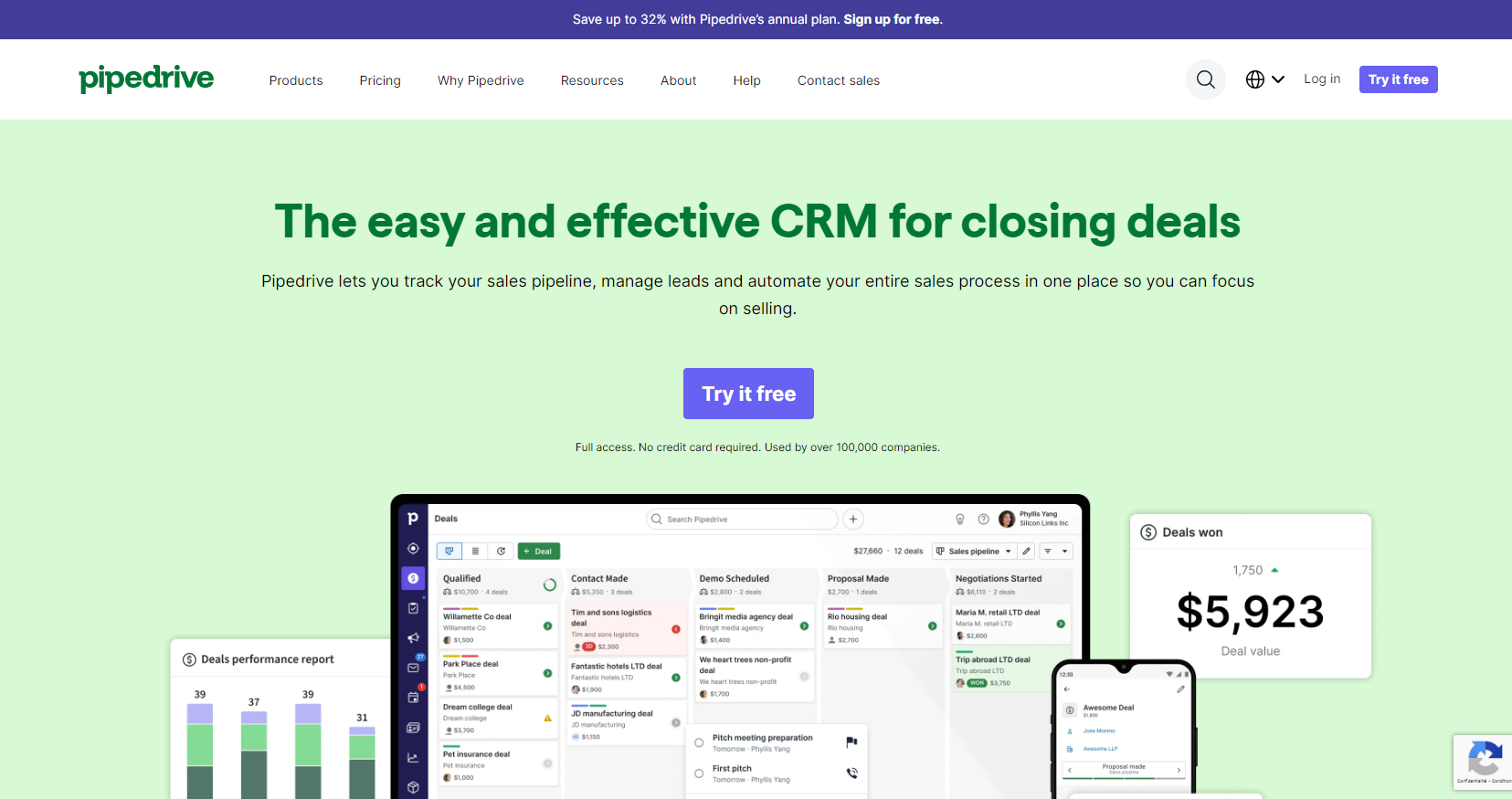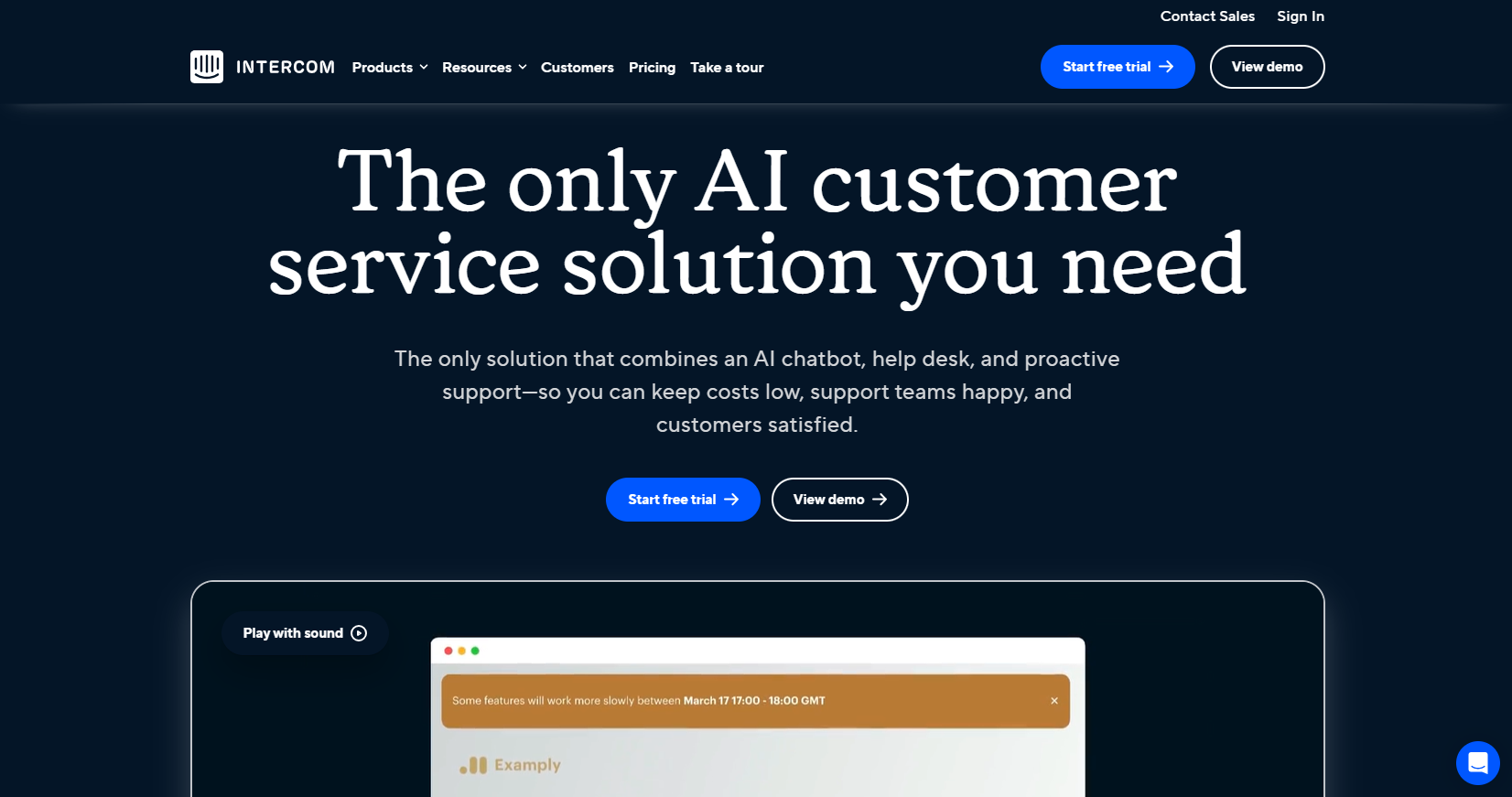Summary
- What Is A Lead Generation Tool?
- Table: What software is used for lead generation?
- What are the 10 best platforms for generating leads?
- What Are The 3 Approaches To Lead Generation?
- What are the four steps of the lead generation process?
- How Do You Create Lead Generation?
- What Is An Example Of Lead Generation?
- What Is A Lead Management Tool?
- Which Tool Is Best For Lead Generation?
- Which Is The Best Platform To Generate Leads?
- Lead Generation Platform FAQ
What Is A Lead Generation Tool?
A lead management tool refers to software that helps capture information about potential customers who show an interest in your company or products. Lead generation platforms automate this process at the top of the sales funnel and indicates the type of product each lead is likely to be interested in.
A lead management platform further qualifies leads to help segregate prospects. The ideal lead generation tool is easy to use and can be integrated with other marketing tools such as a CRM. This allows you to focus on developing campaigns rather than bothering with manual data entry.
Lead generation platforms support the sales team in creating and finding leads, in addition to managing them as they move through the sales funnel. With a lead generation tool, salespeople can contact leads, automate tasks, score leads, schedule meetings, and more.
Many lead management platforms also offer integrations with other business software, like a VoIP phone system. Thanks to these connections between applications, you can decrease redundant data entry and streamline your operations. Thanks to lead management tools, you'll have more time for high-value work like developing relationships with prospects.
Table: What software is used for lead generation?
Here is a table summarizing the name, pricing, and key features of the top ten lead generation platforms:
| Lead Generation Platform | Key Features | Pricing |
|---|---|---|
| 1. Cadence by Ringover | Sales engagement platform for outreach and task automation | $69 per usermonth |
| 2. Hubspot Marketing Hub | Comprehensive tool that provides multiple marketing tools | Free plan available, then three priced plans at $18, $800, and $3,600 per month |
| 3. Zendesk Sell | Specialized tool that integrates with Zendesk's CRM | Three plans at $25, $69, and $149 per usermonth |
| 4. Pipedrive | CRM focused on sales | Five plans available, ranging from $15 to $100 per usermonth |
| 5. Intercom | Chatbots and other tools to increase conversion | Three plans at $40, $100, and $140 per usermonth |
| 6. Zoho CRM | Large-scale CRM platform covering pre- and post-sales activity | Four plans ranging in price from $20 to $65 per usermonth |
| 7. LinkedInSales Navigator | Find and nurture prospects leveraging LinkedIn data | Price on request only |
| 8. OptimizePress | Create and optimize website for sales | Three plans at $179, $299, and $499 per year |
| 9. OptinMonster | Conversion optimization tools for websites | Four plans ranging in price from $16 to $99 per month |
| 10. LeadsBridge | Marketing and advertising tools with features to automate lead information capture | There's a free option, otherwise three priced plans range from $30 to $1,000 per month. |
What are the 10 best platforms for generating leads?
1. Cadence by Ringover
Cadence by Ringover is a sales engagement platform that helps sales teams automate their outreach and follow-up processes. Cadence supports multichannel outreach, including via voice calls, LinedIn messaging, text messaging, and more. You can create to-do lists so agents benefit from guided prospecting, streamlining the prospecting process.

Cadence by Ringover Advantages➕
- Integrated calling and messaging
- Intuitive interface
- Close the loop with 100% of prospects
- Semi-automatic customizable messages
Cadence by Ringover Disadvantages➖
- Limited customization available
Cadence by Ringover Pricing💲
Cadence by Ringover costs $69 per user/month, allowing you to maximize the results of your sales prospecting.
Free Trial: Cadence by Ringover2. Hubspot Marketing

Hubspot Marketing is a large software that has a large selection of features. You can create forms on your website to capture lead information, offer live chat to your customers, automate outreach, and more.
Hubspot Marketing Advantages➕
- Many features
- Lead capture forms
Hubspot Marketing Disadvantages➖
- Expensive
- Confusing plans
- Complex setup and onboarding process
- Potential to lose lead data if setup isn't properly done
Hubspot Marketing Pricing💲
Hubspot Marketing is a large software with a somewhat confusing pricing structure. Although Hubspot markets a free option on their site, the free option is a general software that includes marketing, sales, and other tools. So if you need specific marketing options, you'll need to invest in one of the paid options. There are options for small businesses at $20 and $30, but the prices rise rapidly. For example the professional plan is $890 and the enterprise option is $3,600 per month.
3. Zendesk Sell

Though Zendesk offers a generalized CRM software, Zendesk Sell is their product which caters specifically to sales teams. More specifically, it helps to manage the sales pipeline and polish sales techniques with analytics. But unlike software like Cadence by Ringover, it doesn't appear to allow you to automate sales prospecting emails or other tasks associated with lead nurturing. Rather, Zendesk Sell caters to managers by offering many sales analytics dashboards.
Zendesk Sell Advantages➕
- Robust reporting
- Integrations
Zendesk Sell Disadvantages➖
- Expensive
- Lacks automation capabilities
Zendesk Sell Pricing💲
Zendesk Sell offers three plans, the prices of which change depending on the number of users. So just be sure to factor that in as you calculate how much you would pay on a monthly basis. The most affordable plan is $20 per agent/month, the second tier is $55 per user/month, and the Professional plan is $115 per user/month.
4. Pipedrive

This CRM is specialized in sales and lead nurturing, with a specific focus on reporting and automation. Pipedrive also offers a large selection of integrations, including with Hubspot, Microsoft Teams, Slack, and more.
Pipedrive Advantages➕
- Visual sales pipeline tracking
- Customizable
Pipedrive Disadvantages➖
- Difficult onboarding
- Issues with limits on the number of leads and storing client data
Pipedrive Pricing💲
Pipedrive offers five different plans, which is a wealth of options. The prices range from about $22 to $120 per user/month.
5. Intercom

Intercom focuses on providing AI-powered customer service tools like chatbots and a shared inbox. While it has the ability to provide front-facing customer service tools like the live chat, it also offers back-end solutions like ticket management. Though Intercom's product line mainly revolves around customer service solutions, they do have products to support sales prospecting techniques by segmenting prospects and creating automations.
Intercom Advantages➕
- Customizable chatbots
- Segmentation possibilities
Intercom Disadvantages➖
- Focus on customer service
- Pricing can be prohibitive
Intercom Pricing💲
Intercom offers three plans, with one option at $39 per user/month, a second at $99 per user/month, and a third plan at $139 per user/month.
6. Zoho CRM

Zoho CRM is a well-known CRM which has a wide range of functionalities, including sales cycle management, lead scoring, and more.
Zoho CRM Advantages➕
- Affordable plans
- Integrations with other Zoho tools
Zoho CRM Disadvantages➖
- Will have to combine other products
- Poor user experience
- Insufficient customer support
Zoho CRM Pricing💲
There are four options listed on Zoho CRM's site, with prices ranging between $20 to $65 per user/month.
7. LinkedIn Sales Navigator

Thanks to its explosion in popularity during the COVID-19 pandemic, most everyone is familiar with LinkedIn and the amount of information on the platform. At this point, the use of this social media platform for prospecting goes far beyond a short-lived sales trend. LinkedIn has provided indispensable by harnessing information thanks to LinkedIn Sales Navigator, which provides users with advanced search filters and targeting tools to find and nurture leads.
LinkedIn Sales Navigator Advantages➕
- Large amount of information
- Lead recommendations
LinkedIn Sales Navigator Disadvantages➖
- Only possible with LinkedIn connections
- Limited to LinkedIn connections
- Not many features for lead nurturing
- Can't send automated messages
LinkedIn Sales Navigator Pricing💲
Prices are on request only.
8. OptimizePress

Looking to build landing pages and websites? OptimizePress is a WordPress plugin that supports the creation of conversion-oriented websites and landing pages. For those who don't have much technical knowledge, this tool helps to simplify the creation of your sales tunnel.
OptimizePress Advantages➕
- Drag-and-drop interface
- A/B testing
OptimizePress Disadvantages➖
- Very limited features to nurture leads
OptimizePress Pricing💲
There are three plans available, one at $179 per year, a second option at $299, and the most expensive plan at $499.
9. OptinMonster

Another software that helps you to capture more leads via your website and landing pages. OptinMonster also offers segmentation and retargeting options so you maximize the amount of leads captured.
OptinMonster Advantages➕
- Many website options to capture leads
OptinMonster Disadvantages➖
- Expensive for the service provided
OptinMonster Pricing💲
OptinMonster has four plans listed on their website. The prices change depending on if you choose a monthly or annual plan, which is typical for SaaS. The cheapest option is $16 per month, the second option is $32 per month, their most popular and second-least expensive plan is $69 per month, and the most comprehensive and costly plan is $99 per month.
10. LeadsBridge

If you've been feeling the disconnect between marketing tools and your CRM (be it Zoho CRM, Salesforce, or Hubspot), LeadsBridge could be the solution for you. This software has hundreds of integrations, allowing you to synchronize data and access benefits like improved targeting, tracking, and reduced data entry.
LeadsBridge Advantages➕
- Many integrations available
LeadsBridge Disadvantages➖
- Potentially complex setup
- Can be extremely expensive based on needs
LeadsBridge Pricing💲
LeadsBridge provides four plans, allowing you to choose the best option for your company's current size and scale up or down as necessary. There is a limited free plan which only allows for 50 leads per month, if you're just getting started. In terms of priced options, the Starter plan is $29 per month, the Pro plan is $79 per month, and the Business plan is $999 per month. However, pay close attention to the number of leads and users you'll need per month–the price can vary according to these factors.
What Are The 3 Approaches To Lead Generation?
Lead generation usually follows one of three approaches; inbound lead generation, outbound lead generation and on-page lead generation.
- Inbound lead generation focuses on creating content and campaigns that drive leads to your website. This could be in the form of an interactive web design, blog posts, videos, email campaigns, etc.
- On-page lead generation helps capture information via lead capture forms on websites and lead generation web pages.
What are the four steps of the lead generation process?
The four steps of the lead generation process typically include:
- Define target audience: Gather information about the desired audience, especially their demographics, interests, needs, and pain points. You can even take into account their social patterns, budget, professional experience, and even psychological traits. Once you've collected this data, you'll be able to create a strategy for the type of outreach and content that would best appeal to this group.
- Attracting leads: Once you've gotten to know your target audience and created a first iteration of your sales strategy, it's time to implement it. To get your potential leads' attention, you'll need a multi-pronged approach involving content marketing, SEO, social media marketing, advertising, and lead magnets like ebooks or webinars. At this point, the leads will enter your marketing funnel, on their way to (ideally) becoming converted customers. They will consume top-of-funnel content to get to know your brand, its services, and the pain points it addresses.
- Engaging and nurturing leads: Once the leads are aware of your brand and the solutions it provides, now is the time to nurture them. This is the mid-funnel step, during which you build a strong relationship with the lead. In concrete terms, this step in the lead generation process comprises personalized communication, targeted email campaigns, social media interactions, and other relevant touchpoints. These types of outreach helps build relationships and nurture them through the sales funnel.
- Converting leads into customers: This is the bottom of the funnel, during which a lead becomes a customer. At this point, the sales department gets involved. They'll execute sales techniques like sales calls, product demos, tailored proposals, and provide exceptional customer service to drive the conversion.
How Do You Create Lead Generation?
When asked to list their top priority, 34% of marketers listed lead generation as their answer. Rather than wait for leads to reach out to you, you must take the first step in making your brand known to them.
Emails and cold calls are proven channels of outbound lead generation. Cold calling is considered especially effective for B2B sales. In both cases, the effectiveness of your campaign depends on the content and the possibility of automating steps.
Your call center agents must have a well-written script to convince the customer and productivity tools to help them make better use of their time. For example, using power dialer software to make calls rather than manually dialing each number saves time.
What Is An Example Of Lead Generation?
A direct call to marketing or sales-qualified leads is the best example of outbound lead generation. 82% of buyers agree to meetings when salespeople reach out to them.
What typically happens is that once the lead has been qualified by the sales or marketing team, their contact details are added to a power dialer list which automatically calls contacts during call campaigns.
With the help of a script, the company representative can share information about products and services, collect data from the customer and persuade them to make a purchase.
What Is A Lead Management Tool?
There's a subtle yet important difference between a lead generation platform and a lead management platform. Lead generation is all about finding new customers while lead management is about organizing lead information.
Irrespective of the approach taken to lead generation, all information about potential clients must be structured and organized to identify their place in the sales funnel and further touchpoints. This helps ensure that only qualified leads find their way to an automatic call dialer list, improves the quality of each interaction with them and minimizes the risk of missing out on follow-up conversations.
Which Tool Is Best For Lead Generation?
There are many lead generation tools available in the market and each has unique pros and cons. Despite the assumption of cold calling being an outdated practice, it is still a very effective way to get new customers.
Emails can get lost in a cluttered inbox and potential customers may not always come across your content no matter how well it is written. On the other hand, when you get a buyer on the phone, you can make a personal connection with them.
That said, when it comes to a true cold-calling situation, there's only a 45% chance of having a call answered. The time spent waiting is valuable time lost for the salesperson.
Integrating an automatic call dialer into the process can cut down on such wasted time and increase the efficiency of a cold-calling campaign. The range is affordable and there are several cheap power dialers you can find.
Which Is The Best Platform To Generate Leads?
When it comes to generating leads, you need to have a reliable source for prospect information. LinkedIn is considered one of the best lead generation platforms. The LinkedIn Sales Navigator helps you target specific people and companies, engage with them and track leads.
It even recommends leads based on entered preferences and can be easily integrated with CRM platforms. From here, contact numbers can be added to calling lists and you can reach out to prospects.
On the other hand, when it comes to inbound lead generation, tools like OptinMonster help capture visitor information through lead forms.
There are many other such lead generation platforms you can consider.
In Conclusion
Lead generation and management are critical to increasing sales but these aren't the only tools you need. A power dialer can help make outbound lead generation campaigns more efficient and help your salespeople make the best use of their time.
This is an automatic dialing system that dials one number after the other with minimal manual effort. Take a look at the Ringover Power Dialer today and see how your business can benefit from it.
Lead Generation Platform FAQ
What is lead generation in CRM?
Lead generation refers to defining your target audience, finding leads, and integrating them into your sales tunnel. The point of lead generation is to create a healthy sales pipeline which provides salespeople with a steady flow of high-quality leads that are likely to convert.
Is lead generation the same as CRM?
Lead generation is not the same as CRM, although they are both part of the sales process. Lead generation refers to the sourcing and nurturing of leads, otherwise known as potential customers. CRM, or customer relationship management, is a more comprehensive term that refers to the entire customer journey. The customer journey may begin with lead generation, but it also includes post-sale activities like retention.
What is the best platform for lead generation?
When you're looking for a lead generation platform, you'll need to first define your needs and objectives, as well as other elements like target audience, budget, industry, and any specific features that are a must. Here are a few of the lead generation platforms according to specific needs.
- For nurturing leads: Cadence by Ringover
- To drive traffic: Google and Facebook
- For comprehensive marketing: Hubspot
- To use chatbots: Intercom
- To identify target audience: LinkedIn
Published on September 4, 2024.

